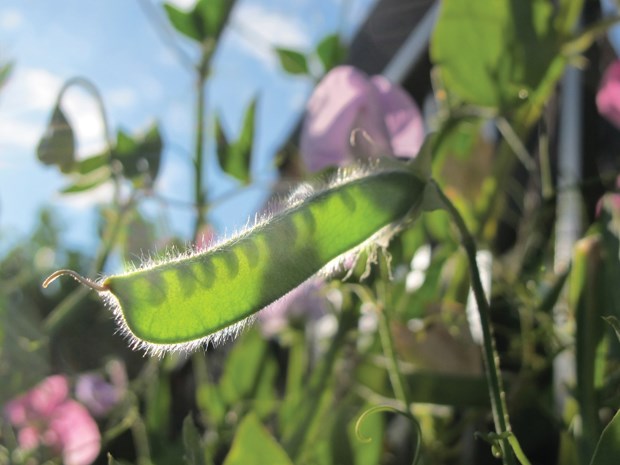As summer cools toward fall and the kids go back to school there's plenty to do during one of the best months to work in the garden.
To help guide your gardening work this month here's my September garden primer.
There's still colour but things are looking a little tired: Most annuals in pots, baskets and bedding displays will be blooming heavily but may be looking a little tired. To keep the colour coming, now's the time to deadhead to promote more bloom. Shear, pick or prune as needed to promote more flowers and clean up any tattered foliage. When it comes to perennials it is important to consider if the flower head should be removed or left to go to seed. Many late summer blooming perennials have attractive seeds heads or fruit. Plants like montbretia (Crocosmia species), sedum (Sedum species) and bear's breeches (Acanthus species) should not be deadheaded because their seed heads add interest to the fall and winter garden. I generally do not recommend chemical fertilizer, but a half dose of general purpose fertilizer will help extend the life of annuals in pots and baskets. Perennials should not be fertilized at this time of year.
My lawn is still brown
If you are smart and care about the earth, you let your lawn go brown during this summer's drought. During September's rains the lawn will gradually start to green up. It is important to avoid fertilizing a dormant lawn. Allow the rain to green up the lawn and after one or two cuts then the lawn can be fed with a healthy topdressing of manure, topsoil or compost. Topdressing will fill in any bare spots, add slow-release nutrients and allow the lateral tillering of the grass's roots which fills in the lawn. Dethatching is not recommended in the fall due to the potential of the dethatched lawn to be damaged during fall and winter's rain and snow. Core aeration is possible at this time of year but it should only be done when combined with topdressing which fills in the core holes protecting the lawn's roots.
My hedge is too big and needs a trim
If you are a fall pruner of hedges, then prune earlier versus pruning later and do not prune too hard. Most evergreen or coniferous hedges will make a small growth flush in the fall which needs time to harden before winter to avoid being damaged by frost. If you prune early the ensuing growth flush will have time to harden in preparation for winter frost. Late pruning or hard pruning of hedges in late summer or early fall does not allow enough time for the foliage to harden of before winter frost which can burn the soft foliage.
The weeds suddenly popped up everywhere
There's always a growth flush of weeds in late summer and early fall caused by cooling temperatures and increasing rainfall. If you use mulch, then you won't have many weeds but the mulch may need topping up to keep it functioning properly. The one or two weeds growing in the mulch should be pulled immediately to prevent re-seeding. If you don't use mulch on your garden beds and like paying someone to pull and hoe the same weeds over and over, then please consider giving your money to charity where it will do some good. In general mulching can be done at any time of the year, but I prefer at this time of year to wait and mulch my garden beds as part of the fall cleanup program.
I think I'll be hungry this winter
During September, many cold-hardy veggies can be planted out to get them rooted before winter. Garlic, beets, some lettuce species, cabbage and many other veggies can be planted to provide a winter feast. Protect those newly planted veggies from rain and snow by using home-made plastic hoop houses made from irrigation pipe, some rebar and plastic. Build the hoop house size to suit the bed and crop being protected.
Plant now or wait for spring to plant?
Late summer into fall is one of the seasons of the year for planting. The soil is warm, which promotes root growth. The days are cooler and nights are dewy which lessens the water requirement for new plants. And the coming rains will provide all the nurturing moisture needed for plants to establish before winter. So don't wait, plant now and work on other tasks next spring.
Plant, prune and preen but beyond all else, make time to enjoy the beauty of the garden in late summer on the West Coast.
Todd Major is a garden designer and builder, teacher, skills trainer and organic advocate. [email protected]



